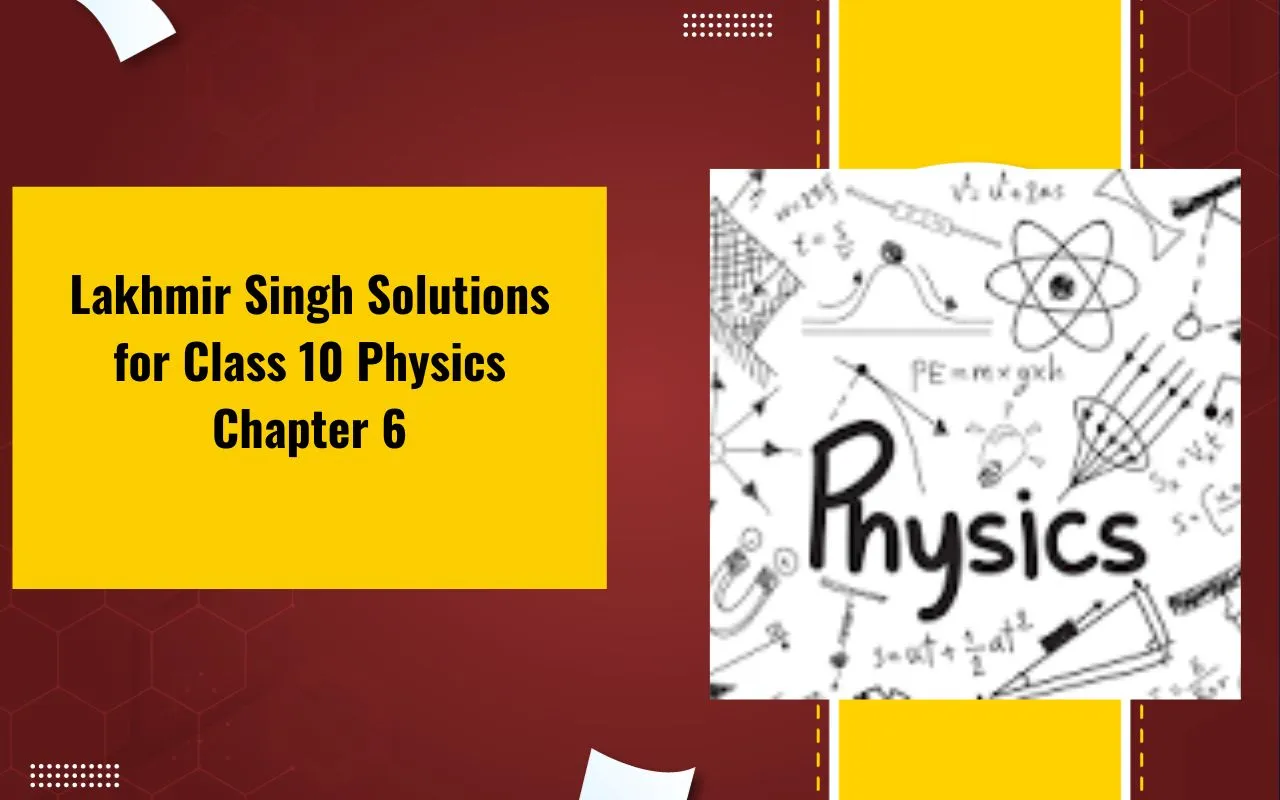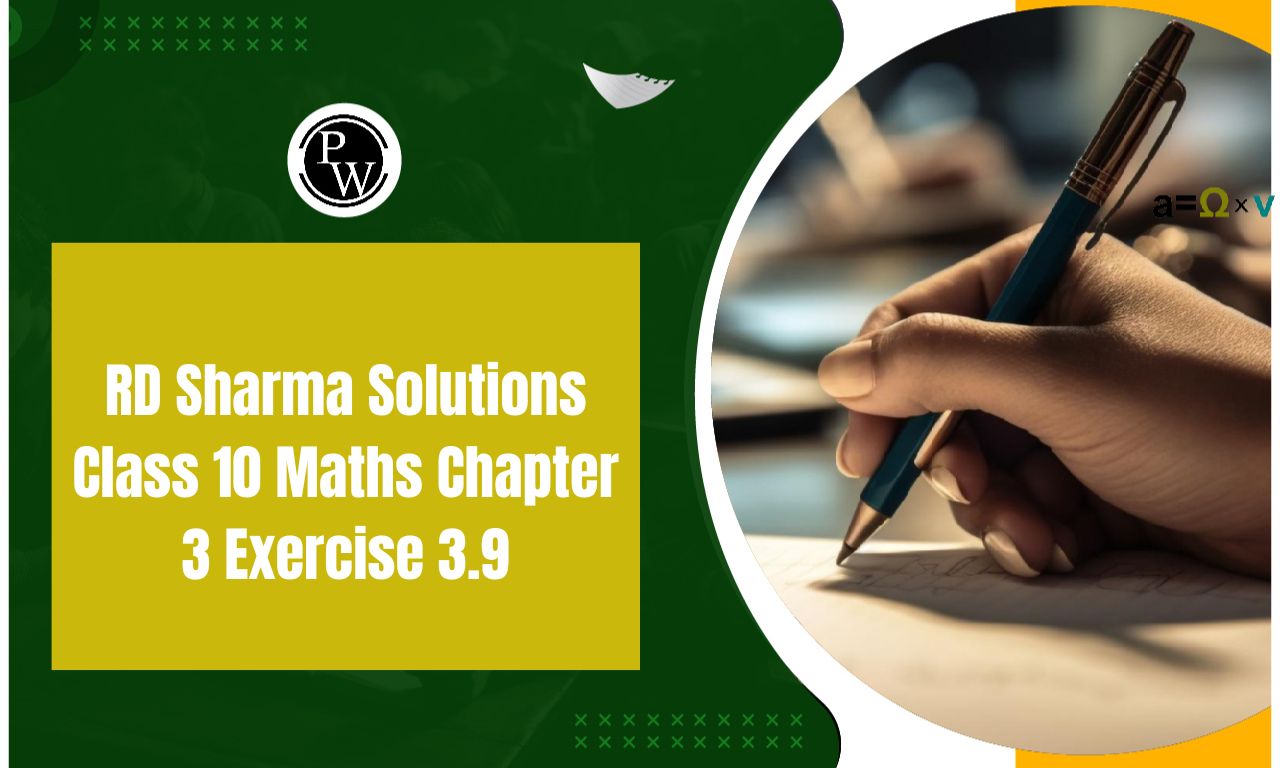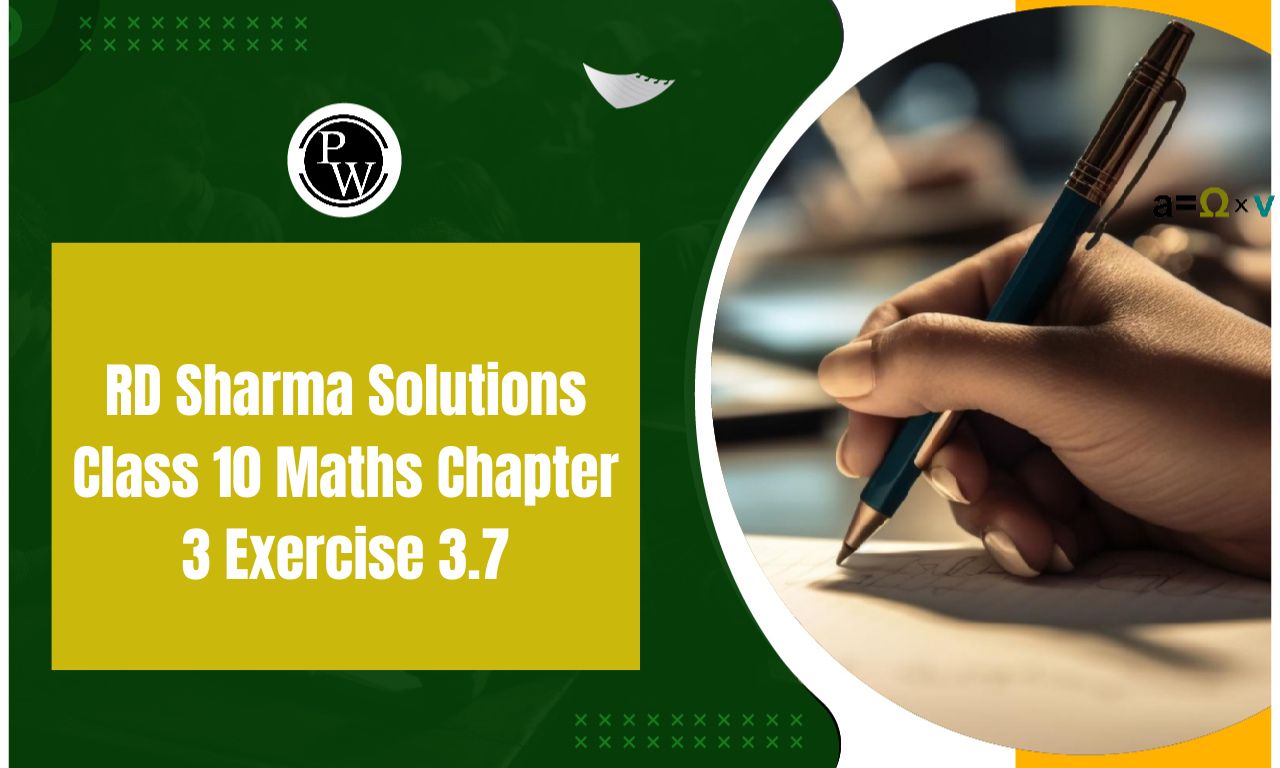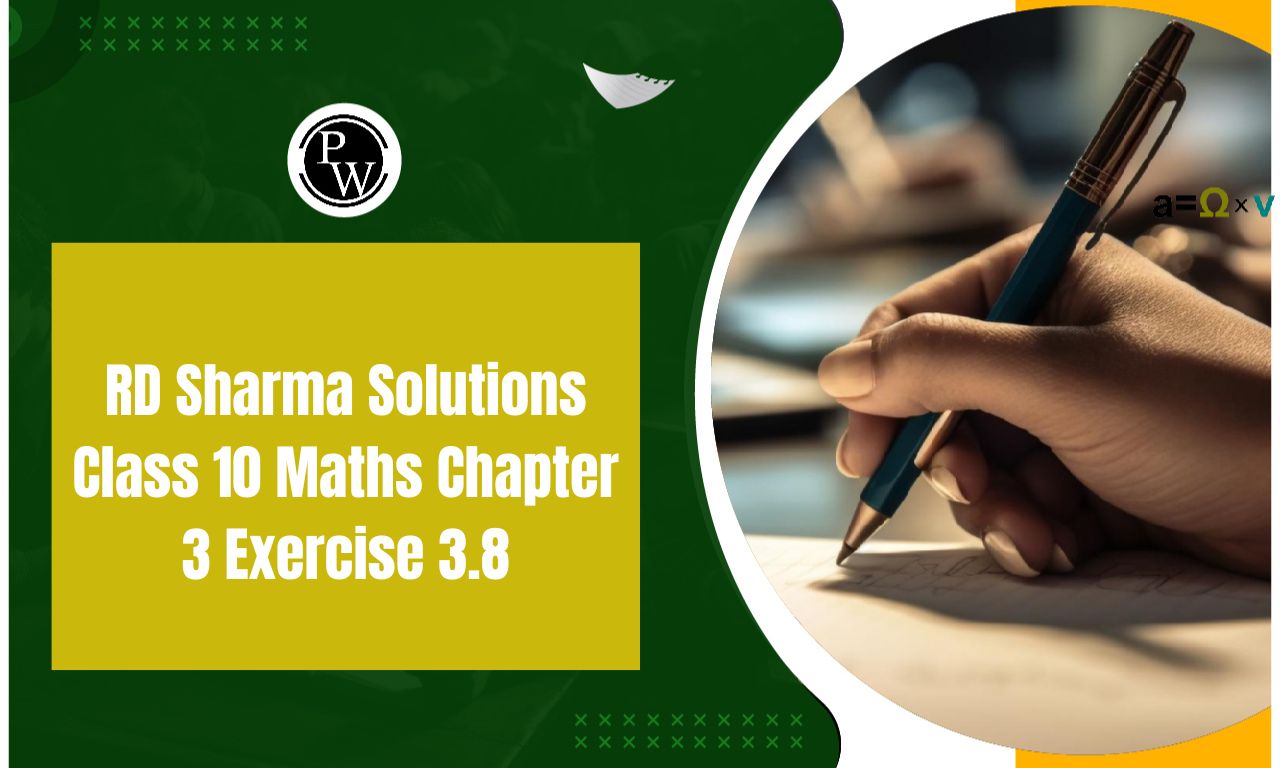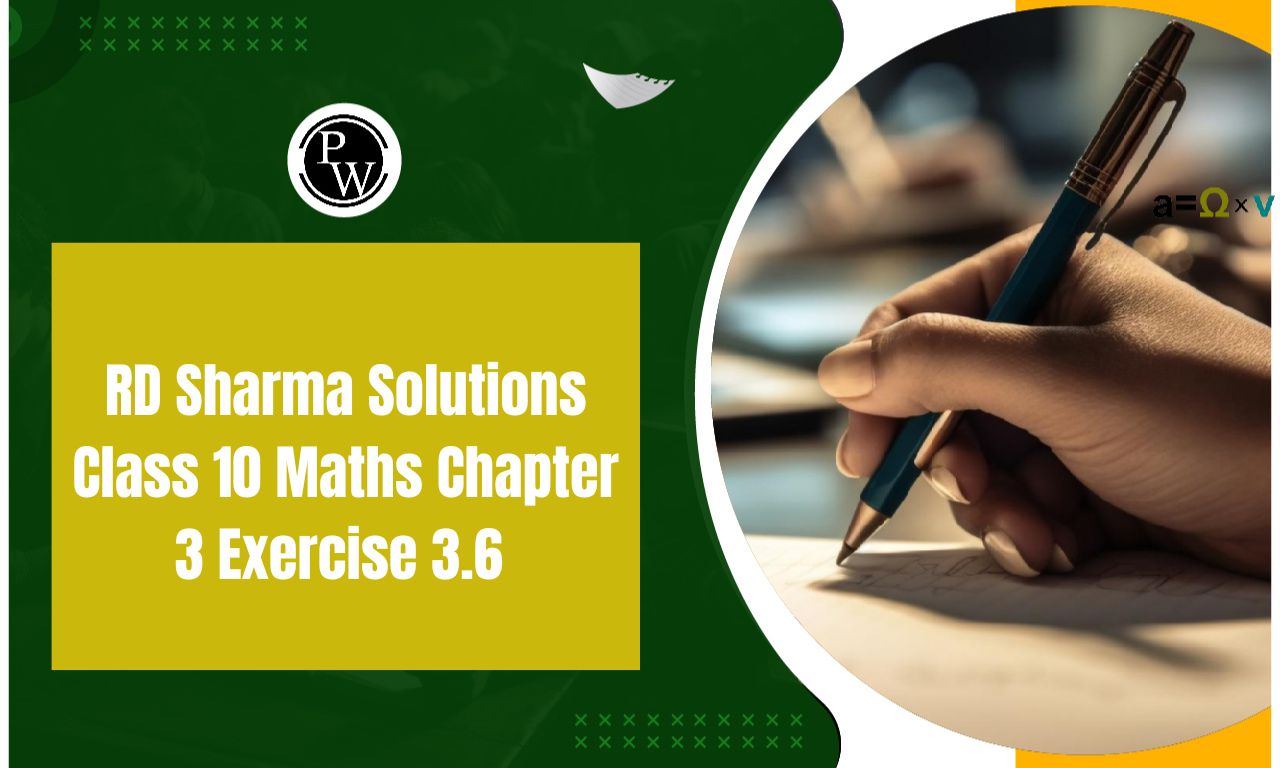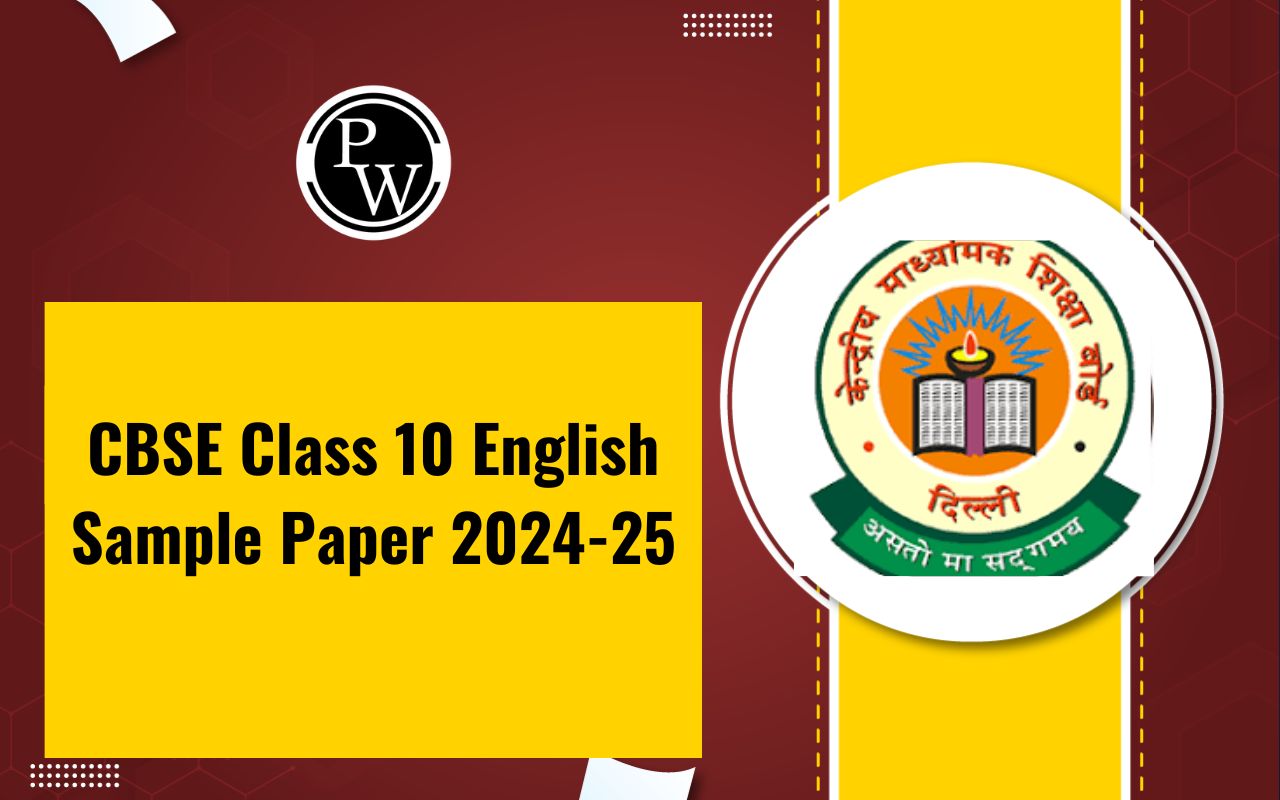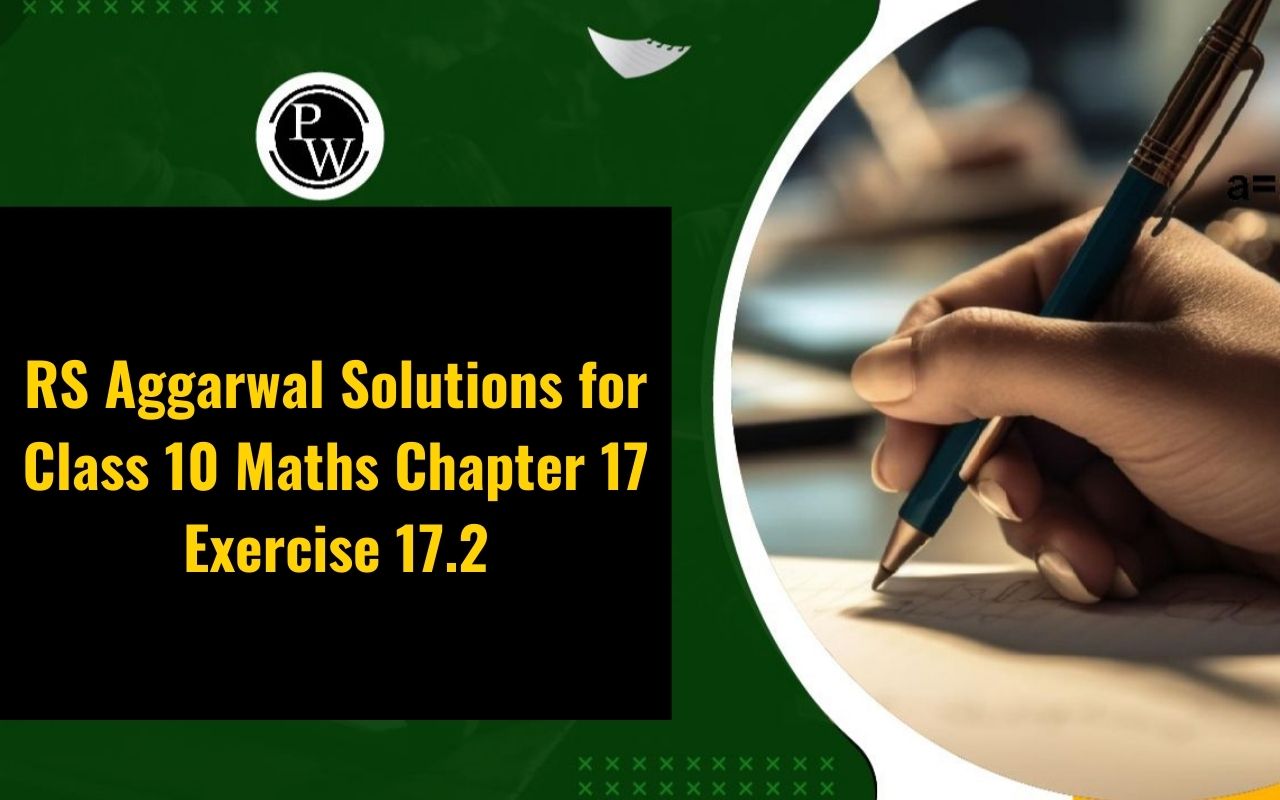
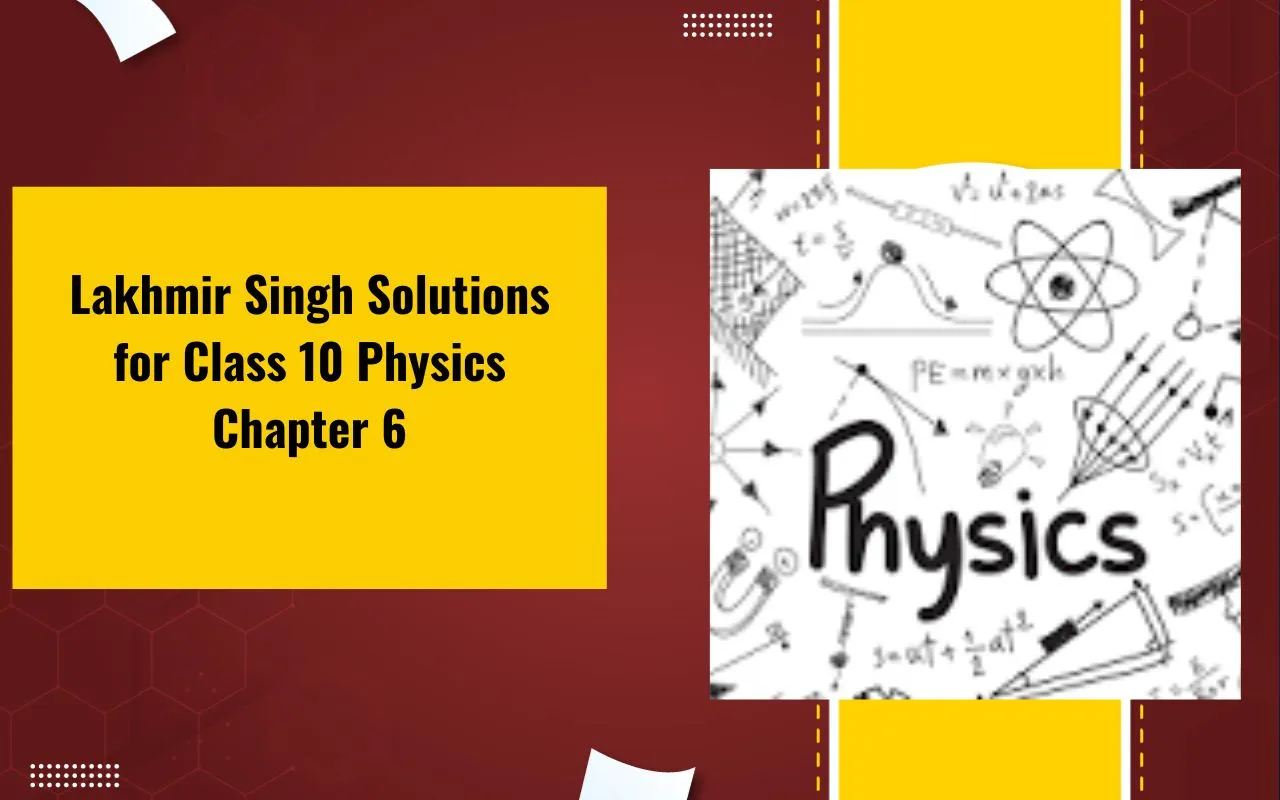
Lakhmir Singh Solutions for Class 10 Physics Chapter 6: The human eye is a remarkable organ that allows us to see the vibrant world around us.
Lakhmir Singh Solutions for Class 10 Physics Chapter 6, The Human Eye and the Colourful World, provide detailed explanations of topics like the structure and functioning of the human eye, common vision defects such as myopia, hypermetropia, and presbyopia, along with their corrections.
The solutions also cover fascinating natural phenomena including atmospheric refraction, dispersion of light, and scattering of light, which explain occurrences like rainbows, the blue color of the sky, and red sunsets. The step-by-step answers are written in a simple, easy-to-understand language to help students enhance their conceptual understanding and prepare effectively for exams.
Lakhmir Singh Solutions for Class 10 Physics Chapter 6 Overview
The exercises in Chapter 6 The Human Eye and the Colourful World from Lakhmir Singh's Class 10 Physics book cover a wide range of topics related to the human eye and various optical phenomena. The questions are designed to test the understanding of concepts like the structure of the human eye, its functioning, common defects like myopia, hypermetropia, and presbyopia, and their corrections using lenses.
The exercises also include questions related to the refraction of light through the atmosphere, scattering of light, and natural phenomena such as the formation of rainbows, blue color of the sky, and red sunsets. Numerical problems on lens formulas and diagrams to explain light-related concepts are also part of the exercises.
Lakhmir Singh Solutions for Class 10 Physics Chapter 6 PDF
Lakhmir Singh Solutions for Class 10 Physics Chapter 6 PDF provides a detailed and well-structured explanation of all topics covered in The Human Eye and the Colourful World. The step-by-step explanations are presented in simple language, making it easier for students to grasp the concepts effectively. The PDF link for these solutions is available below, making it convenient for students to download and study offline.
Do you need help with your homework or preparing for exams?
Study without using the internet
Lakhmir Singh Solutions Class 10 Physics Chapter 6 The Human Eyes and the Colourful World
Here are the solutions to the exercises from Chapter 6, The Human Eye and the Colourful World. They are created to help you strengthen your conceptual understanding and score well in exams.
Page No: 269
Very Short Answer Type Questions
Q1. What kind of lens is present in the human eye?
Answer:
Convex lens is present in the human eye.
Q2. Name two parts of the eye which refract light rays.
Answer:
The two parts of the eye that refract light rays are cornea and eye-lens.
Q3. Name the part of eye:
a) Which controls the amount of light entering the eye
b) On which the image is formed
c) Which changes the focal length of eye-lens
Answer:
a) Iris
b) Retina
c) Ciliary muscles
Q4. What is the name of:
a) The curved, transparent front surface of the eye?
b) The light-sensitive layer in the eye?
Answer:
a) Cornea
b) Retina
Q5. Where is the image formed in a human eye?
Answer:
The image is formed at the retina in a human eye.
Q6. What is the function of the lens in the human eye?
Answer:
The function of eye lens is to change the shape and thickness so that light gets focused on the retina.
Q7. What job does the pupil of the eye do?
Answer:
The job of the pupil in the eye is to expand or contract depending on the intensity of the light around the eye.
Q8. Flow does the eye adjust to take account of an increase in brightness?
Answer:
This is done with the help of the pupil of our eyes as it contracts.
Q9. Name that part of the eye which is equivalent to the photographic film in a camera.
Answer:
Retina is the part of an eye which is equivalent to the photographic film in a camera.
Q10. Name the part of the retina which is insensitive to light.
Answer:
Blind spot is insensitive part of the retina.
Q11. Which part of the eye contains cells which are sensitive to light?
Answer:
Retina contains cells that are sensitive to light.
Q12. Name two types of cells in the retina of an eye which respond to light.
Answer:
Rods and cones are the two types of cells in the retina of an eye that responds to light.
Q13. Out of rods and cones in the retina of your eye:
a) Which detect colour?
b) Which work in dim light?
Answer:
a) Cones
b) Rods
Q14. State whether the following statement is true or false:
The image formed on our retina is upside-down.
Answer:
True
Q15. What is the principal function of the eye-lens?
Answer:
The principal function of the eye-lens is to focus light on to the retina.
Q16. Where does the greatest degree of refraction of light occur in the eye?
Answer:
The greatest degree of refraction of light occurs at the cornea of the eye.
Q17. What changes the shape of lens in the eye?
Answer:
The shape of the lens in the eye is changed with the help of ciliary muscles.
Q18. What do the ciliary muscles do when you are focusing on a nearby object?
Answer:
While focusing on a nearby object, the ciliary muscle makes the lens of the eye more thick.
Q19. What is the least distance of distinct vision for a normal human eye?
Answer:
25cm is the least distance of distinct vision for a normal human eye.
Q20. What is the:
a) Far point of a normal human eye?
b) Near point of a normal human eye?
Answer:
a) Infinity is the far point of a normal human eye.
b) 25 cm is the near point of a normal human eye.
Q21. What is the range of vision of a normal human eye?
Answer:
The range of vision of a normal human eye is from infinity to 25cm.
Q22. Name the part of our eyes which helps us to focus near and distant objects in quick succession.
Answer:
Ciliary muscles helps us to focus near and distant objects in quick succession.
Q23. Define the term “power of accommodation” of human eye.
Answer:
Power of accommodation is defined as the ability of an eye to focus the distant object as well as the nearby object on the retina by changing the focal length of the lens.
Q24. Give the scientific names of the following parts of the eye:
a) Carries signals from an eye to the brain
b) Muscles which change the shape of the eye-lens
c) A hole in the middle of the iris
d) A clear window at the front of the eye
e) Changes shape to focus a picture on the retina
Answer:
a) Optical nerve
b) Ciliary muscles
c) Pupil
d) Cornea
e) Eye lens
Q25. Fill in the following blanks with suitable words:
a) Most of the refraction of light rays entering the eye occurs at the outer surface of the …….
b) The part of eye sensitive to light is ……….
c) The part of eye which alters the size of the pupil is ………….
d) When light is dim, the pupil becomes ……………
e) The iris controls the amount of ……… entering the eye.
f) The ciliary muscles control the shape of the ………
g) To bring light from a distant object to a focus on the retina of the eye, the convex eye-lens needs to be made …….
h) To bring light from a near object to a focus on the retina of the eye, the convex eye lens needs to be made …….
Answer:
a) Cornea
b) Retina
c) Iris
d) Large
e) Light
f) Eye-lens
g) Thinner
h) Thicker
Page No: 279
Very Short Answer Type Questions
Q1. Name one of the common defects of vision and the type of lens used to remove it.
Answer:
Myopia is one of the defects of vision which is removed by using concave lens.
Q2. Name the defect of vision in a person:
a) Whose near point is more than 25cm away.
b) Whose far point is less than infinity.
Answer:
a) Hypermetropia
b) Myopia
Q3. Which defect of vision can be rectified:
a) By using a concave lens?
b) By using a convex lens?
Answer:
a) Myopia
b) Hypermetropia
Q4. What type of lens is used to correct
a) Hypermetropia
b) Myopia
Answer:
a) Convex lens
b) Concave lens
Q5. What is the other name for
a) Myopia
b) Hypermetropia
Answer:
a) Near-sightedness
b) Far-sightedness
Q6. What is the scientific name of
a) Short-sightedness
b) Long-sightedness
Answer:
a) Myopia
b) Hypermetropia
Q7. What kind of lens is used to correct
a) Short-sightedness
b) Long-sightedness
Answer:
a) Concave lens
b) Convex lens
Q8. State whether the following statement is true or false:
Short-sightedness can be cured by using a concave lens.
Answer:
True
Q9. Name the defect of vision in which the eye lens loses its power of accommodation due to old age.
Answer:
Presbyopia
Q10. Name the defect of vision which makes the eye lens cloudy resulting in blurred vision.
Answer:
Cataract
Q11. What is the other name of old age hypermetropia?
Answer:
Presbyopia
Q12. Name any two defects of vision which can be corrected by using spectacles.
Answer:
a) Myopia
b) Hypermetropia
Q13. Name one defect of vision which cannot be corrected by any type of spectacle lenses.
Answer:
Cataract
Q14. Name the body part with which the terms myopia and hypermetropia are connected.
Answer:
Eye
Q15. What is the far point of person suffering from myopia?
Answer:
Less than infinity.
Q16. Where is the near point of a person suffering from hypermetropia?
Answer:
For a person suffering from hypermetropia, the near point is 25cm.
Q17. Your friend can read a book perfectly well but cannot read the writing on blackboard unless she sits on the front row in class.
a) Is she short-sighted or long-sighted?
b) What type of lenses: converging or diverging would an optician prescribe for her?
Answer:
a) Short-sighted
b) Diverging lenses
Q18. A man can read the number of a distant bus clearly but he finds difficulty in reading a book. A man can read the number of a distant bus clearly but he finds difficulty in reading a book.
a) From which defect of the eye is he suffering?
b) What type of spectacle lens should he use to correct the defect?
Answer:
a) Hypermetropia
b) Convex lens
Q19. A student sitting in the last row of the class-room is not able to read clearly the writing on the blackboard.
a) Name the type of defect he is suffering from.
b) How can this defect by corrected?
Answer:
a) Myopia
b) Concave lens
Q20. Complete the following sentences:
a) A short-sighted person cannot see ………. objects clearly. Short-sightedness can be corrected by using ……. lenses.
b) A long-sighted person cannot see ………… objects clearly. Long-sightedness can be corrected by using …….. lenses.
Answer:
a) Distant, concave
b) Nearby, convex
Short Answer Type Questions
Q21. What are the two most common defects of vision? How are they corrected?
Answer:
The two most common defects of vision are myopia and hypermetropia which can be corrected using a concave lens and a convex lens respectively.
Q22. Differentiate between myopia and hypermetropia. What type of spectacles should be worn by a person having the defects of myopia as well as hypermetropia? How it help?
Answer:
When a person can see objects that are placed nearby but find difficulty in seeing objects at a distance is known as myopia. Whereas if a person can see objects that are placed at a distance and find difficulty in seeing objects that are nearby is known as hypermetropia.
If a person is suffering from myopia as well as hypermetropia then that person is advised to use bifocal lenses in which the upper part consists of concave lens while the lower part consists of convex lens. The upper lens corrects myopia while the lower part corrects hypermetropia.
Benefits of Solving Lakhmir Singh Solutions for Class 10 Physics Chapter 6
Solving Lakhmir Singh Solutions for Class 10 Physics Chapter 6 The Human Eye and the Colourful World provides several benefits for students. These include:
-
Conceptual Clarity: The solutions provide clear explanations for complex topics like the structure of the human eye, defects of vision, refraction, dispersion, and scattering of light.
-
Step-by-Step Explanations: Each answer is broken down into simple steps, making it easy for students to follow and understand the problem-solving process.
-
Exam Preparation: The solutions are designed according to the latest exam pattern, helping students prepare effectively and score well.
-
Time Management: Practicing these solutions helps students improve their speed and accuracy while solving numerical problems and theoretical questions.
-
Revision Made Easy: The solutions provide a quick revision tool, summarizing key concepts and formulas in an easy-to-understand manner.
-
Confidence Building: Regular practice boosts students’ confidence, helping them tackle a variety of questions with ease.
Lakhmir Singh Solutions for Class 10 Physics Chapter 6 FAQs
What topics are covered in Lakhmir Singh Solutions for Class 10 Physics Chapter 6?
Are these solutions helpful for board exam preparation?
How do these solutions help in understanding complex topics?
Can these solutions be used for revision?

